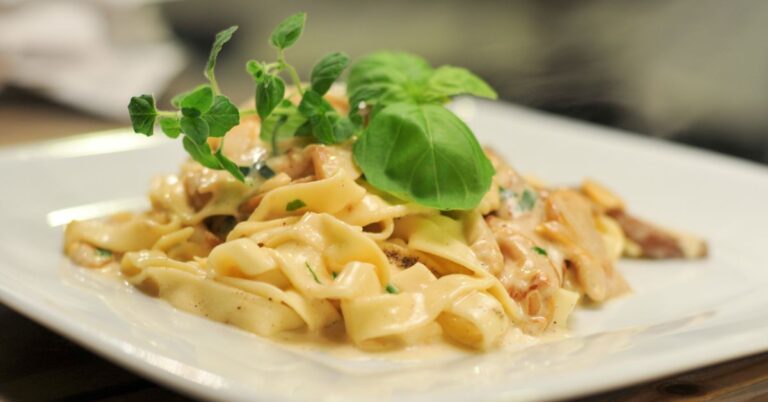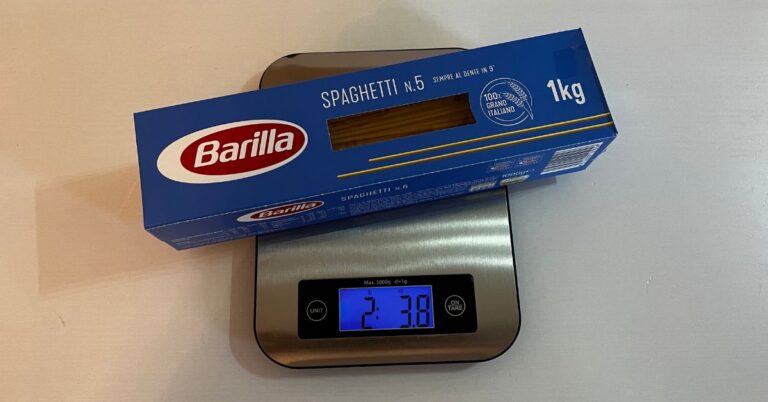Crunchy on the surface, amazingly tasty, protagonists of an informal and convivial table: how good are baked ziti?
We are talking about a recipe shared by the Italian and American culinary traditions but, as often occurs, the two preparations can differ and by a lot: while the American version is inclined towards a “one pot” cooking; in fact, Italians cook the pasta separately with the usual procedure of boiling in salted water and then browning the entire dish in the oven.
Therefore it arises spontaneously to wonder where the origins of this so loved dish actually relay, the pivot of many family dinners: in Italy or in America?
Baked ziti: many variations but only one origin
The American recipe for baked ziti also differs from the Italian version in some added ingredients: the overseas variant includes a much richer sauce than the Mediterranean one where only tomato, garlic, mozzarella ( Mozzarella is perfect for baked dishes but not on hot pasta, read about it at the link) and a few spices stand out (to the most, add some tasteful meatballs).
The differences are not few but, despite this, the relative origins cannot be considered separate, as we are talking about oven-cooked pasta, a method that was born in Italy, with the Arabian domination of the 9th century, long before the American adaptation of some baked Ziti.
Uncover the Italian-American dishes Italians don’t eat by clicking this link!
Baked Ziti: Southern Italy lifestyle
A recipe conceived in a large baking dish and including a series of “poor” ingredients could only be popular: going back to the origins of the pasta timbale would be impossible because it is an element that appears in several cuisines of the Western and Eastern world (we do not have to forget that even spaghetti has a double origin, Italian and Chinese!); looking for sources that speak of the first prototypes of our short pasta browned in the oven is very easy.
The same word “timbale” derives from the French timbale which, in turn, comes from Arabic: therefore, we must go back to the time of Arab Sicily and those historical and social contaminations that led to the spread of pasta in our own country.
And it is precisely in Messina area that, still today, pasta ‘ncasciata is eaten, a traditional dish of Sicilian cuisine which is identified in a timbale of macaroni made with ragù, meatballs, boiled eggs, fried aubergines, peas, salami and caciocavallo.
Others have derived from this concept, like the Neapolitan variant of baked pasta which is precisely the basis of the baked ziti recipe. In this case, the tomato sauce is replaced by a more substantial ragù.
Even Northern Italy has its own variation of baked pasta: white, being based on béchamel.
Baked Ziti: Joan Berchielli
The person credited with the Italian-American variant of baked ziti is Joan Berchielli, but not much is known about her. However, what is certain, is that this recipe would also like the pasta to be cooked in salted water, following the same Italian pattern. Only with time would American habits overlap with the initial concept.
In this case, the preparation does not involve a simple addition of cheese, but a combination of different cheeses; typically ricotta, mozzarella and Parmesan. We can also add mushrooms, peppers, onions, minced sausages and meat…in short, we are talking about a completely different taste impact compared to the Italian one.
Where to eat baked ziti in Italy
Baked ziti are a very common and popular recipe able to bring families together during their lunches: the large oven dish – often circular in Naples and called “ruoto” – is placed at the center of the table and everyone can fill their own dishes, several times and with huge portions!
However, it is highly improbable you could order something like this at a restaurant; baked pasta is genuine, rough, not elegant, for sure! If you really have no way of being hosted by an Italian to experience the atmosphere recreated by the ruoto full of baked pasta, my suggestion is to visit some inn or tavern in Southern Italy where you will surely find a lot of hospitality and availability.
Alternative to Baked Ziti
I know, it is not always possible to look for informal and little-known places: maybe you could find yourself in Italy for work, in a completely urban dimension and far from suburban locations. Even in this case, you can amaze your diners by ordering something similar to baked ziti, which can also be found in the most chic restaurants.
Ziti with Neapolitan ragù, for instance, are often served in elegant single-portion terracotta pans, which help keep them warm. We are talking about a pasta format that is the table’s prince, proposed in so many ways, from the Genoese (with onion and frayed meat) to the Sicilian one (with tomato, aubergines and mozzarella).
Popular recipes that often become real works of taste thanks to the chefs’ mastery and the quality of the ingredients chosen for their preparation. You will have plenty of choices!







